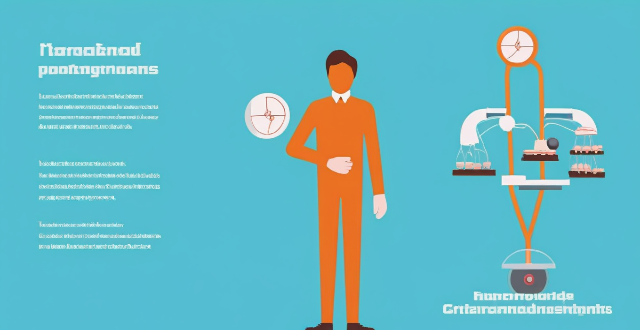Climate change and environmental factors play a significant role in virus origin tracing by affecting host and vector distribution, human activities, and interactions with the environment. Understanding these impacts is crucial for effective surveillance and research efforts to prevent and control infectious diseases.

Impact of Climate Change and Environmental Factors on Virus Origin Tracing
Climate change and environmental factors play a significant role in the emergence, spread, and evolution of viruses. These factors can have a direct or indirect impact on virus origin tracing. In this article, we will discuss how climate change and environmental factors affect virus origin tracing.
Direct Impact of Climate Change on Virus Origin Tracing
Climate change can directly impact virus origin tracing by altering the distribution and behavior of hosts and vectors that transmit viruses to humans. For example:
- Changes in host distribution: As temperatures rise, some species may move to higher altitudes or latitudes to escape the heat. This can bring them into contact with new hosts or vectors, increasing the likelihood of virus transmission.
- Changes in vector behavior: Warmer temperatures can also affect the behavior of arthropod vectors (such as mosquitoes and ticks) by shortening their life cycles, increasing their reproduction rates, and expanding their geographical ranges. This can lead to increased contact between vectors and hosts, facilitating virus transmission.
Indirect Impact of Climate Change on Virus Origin Tracing
Climate change can also have indirect effects on virus origin tracing by influencing human activities and interactions with the environment. Some examples include:
- Deforestation and land-use changes: Deforestation and land-use changes can create opportunities for viruses to jump from wildlife to humans by bringing them into closer contact with each other. For instance, clearing forests for agriculture or urbanization can disrupt natural ecosystems, leading to the displacement of wildlife and increased contact between humans and animals.
- Urbanization and population growth: Rapid urbanization and population growth can contribute to the emergence and spread of viruses by increasing the density of human populations and creating conditions that favor virus transmission. Crowded living conditions, poor sanitation, and inadequate waste management systems can all contribute to the spread of infectious diseases.
Environmental Factors Affecting Virus Origin Tracing
In addition to climate change, various environmental factors can influence virus origin tracing. These factors include:
- Water quality and availability: Waterborne pathogens, such as hepatitis A and E, are sensitive to changes in water quality and availability. Changes in water sources due to climate change or human activities can lead to outbreaks of these diseases.
- Air pollution: Air pollution has been linked to respiratory infections, such as influenza and COVID-19. Pollution particles can damage the respiratory system, making it easier for viruses to infect individuals. Additionally, air pollution can exacerbate existing health conditions, increasing susceptibility to viral infections.
- Soil contamination: Soil contamination with heavy metals or other toxic substances can impact the immune systems of both humans and animals, making them more susceptible to viral infections. This can complicate efforts to trace the origins of emerging viruses.
Conclusion
Climate change and environmental factors have a significant impact on virus origin tracing by affecting the distribution and behavior of hosts and vectors, as well as human activities and interactions with the environment. To effectively trace the origins of emerging viruses, it is crucial to consider these factors and incorporate them into surveillance and research efforts. By doing so, we can better understand how viruses emerge and evolve in response to changing environmental conditions, ultimately improving our ability to prevent and control infectious diseases.